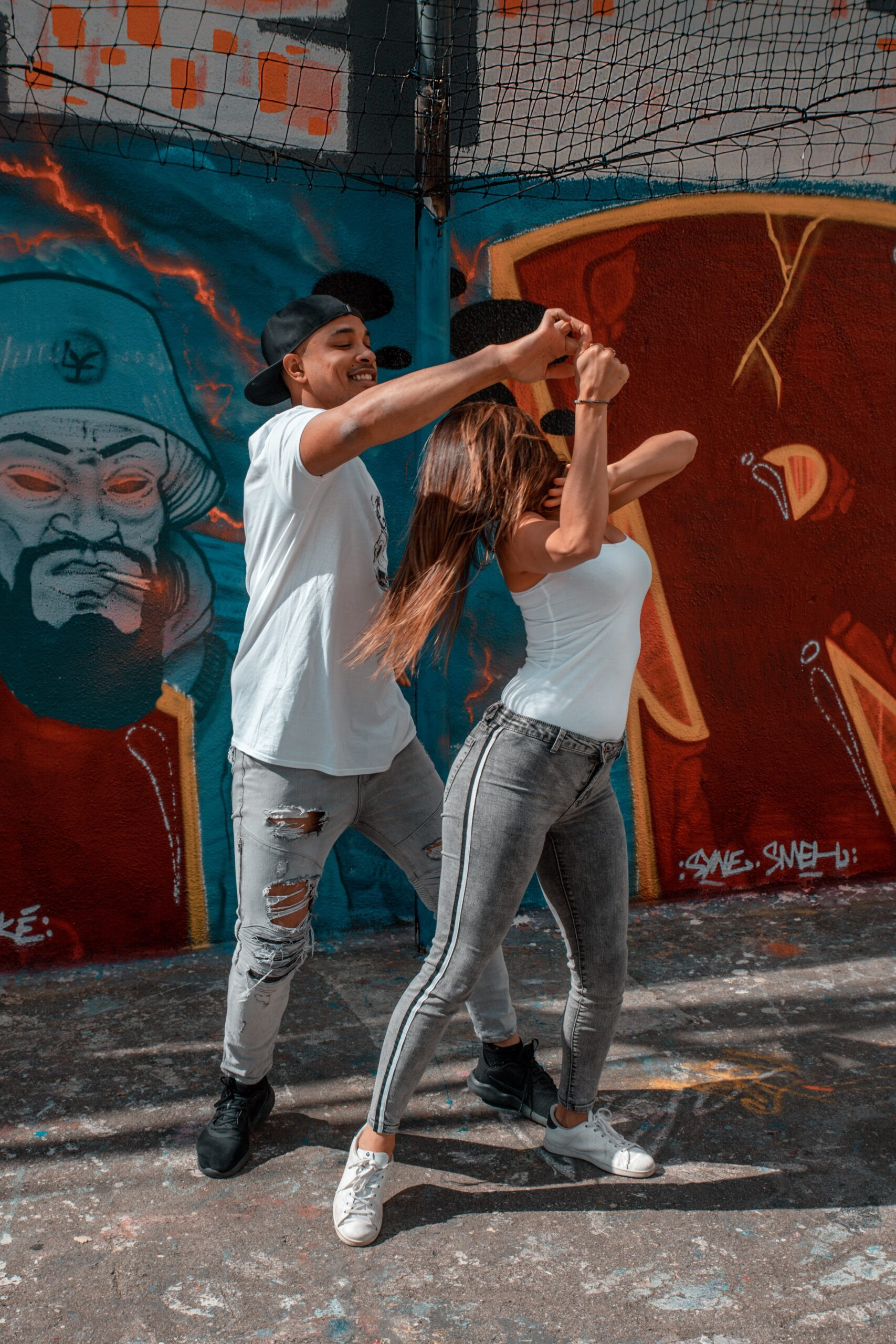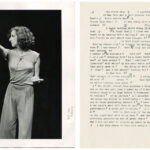Brazilian Zouk Dance quickly captured my heart, and years later, it remains my absolute favorite. Unlike salsa or bachata, zouk dance isn’t as widely recognized, often prompting curious questions like “You dance WHAT?”. To shed light on this captivating dance style, I’m dedicating this post to Brazilian Zouk. Join me as we explore a curated video playlist of stunning zouk demonstrations, delve into its history, and uncover the reasons why I, and so many others, are passionate about zouk dance.
What is Brazilian Zouk?
Brazilian zouk is a captivating partner dance originating from Brazil. Fundamentally a social dance, its primary purpose is enjoyment at zouk music parties. While zouk dance is improvisational, allowing partners to move freely to the DJ’s music, learning foundational steps is essential. Although competitions are emerging, they emphasize social dancing skills and correct technique, rather than choreographed routines.
Born from lambada, Brazilian zouk’s evolution is rich, drawing influence from samba de gafieira, contemporary, jazz, ballet, Argentinian tango, and even hip-hop. This fusion makes zouk a constantly evolving dance form.
The Brazilian Zouk Dance Council identifies three main branches: Rio zouk (or “traditional zouk”), lambazouk, and neozouk. These styles differ significantly, each with unique basic steps requiring separate learning. My personal focus is Rio zouk, although I’ve explored lambazouk through workshops.
(It’s important to distinguish Brazilian zouk from Caribbean zouk, a dance from the French Antilles. While both are called zouk, their connection and influence on each other are debated.)
Visualizing Zouk Dance
To truly grasp the essence of Brazilian zouk, visual examples are invaluable. I’ve compiled a YouTube playlist showcasing demonstrations that, in my opinion, best represent the spirit of Brazilian zouk. Given my background in Rio zouk, the playlist primarily features this style. For a glimpse into other styles, Natasha & Gilson exemplify lambazouk here, while Mafie & Anna are leading figures in neozouk.
 Experience the fluidity and connection of Brazilian Zouk dance as a couple performs a graceful move.
Experience the fluidity and connection of Brazilian Zouk dance as a couple performs a graceful move.
The History of Zouk Dance: From Lambada to Global Phenomenon
Zouk dance’s origins are deeply rooted in lambada. In the early 1990s, lambada music dominated Rio nightclubs. However, by the mid-90s, DJs shifted away from lambada. Lambada dancers, seeking to continue dancing, turned to zouk music due to its rhythmic similarities. Zouk, a music genre from the Caribbean, popularized by the band Kassav from Guadeloupe, offered a new musical landscape. As zouk music, particularly zouk-love, was slower, dancers adapted their lambada moves, eventually renaming the evolving dance “zouk-lambada.”
This transition from lambada to zouk occurred independently across Brazil. At Jaime Arôxa’s dance school in Rio, instructors like Renata Peçanha and Adilio Porto were instrumental in structuring zouk for teaching. They introduced linear movements and developed foundational steps that define Rio-style zouk today. Concurrently, Porto Seguro fostered lambazouk, which retained more lambada characteristics like circular motions, constant footwork, and high energy.
Early zouk music resembled modern kizomba songs (e.g., “Ou lé” by Kassav). The early 2000s saw DJs like Mafie Zouker popularize zouk remixes of pop songs, sparking a new wave of zouk dance. Contemporary zouk music played at events maintains the zouk rhythm but embraces a more modern, less distinctly Caribbean sound.
From Brazil, zouk dance has spread globally, establishing vibrant zouk communities from Singapore and Australia to the US, Russia, the Netherlands, and even Hawaii. Most European countries now boast a zouk scene, albeit often still emerging.
Understanding Zouk Music: Rhythm and Tempo
Zouk dance is set to 4/4 time, characterized by a four-on-the-floor beat. The ideal tempo ranges from 70-80 bpm, though lambazouk can reach up to 90 bpm. Zouk’s versatility stems from its adaptability to diverse musical genres, from traditional zouk to pop, R&B, and reggaeton. A defining characteristic of zouk music is the African-Caribbean tresillo rhythmic pattern. Listen to a sample of tresillo-over-two to hear the rhythm central to zouk dance. Notably, zouk can also be danced to slow, lyrical, beatless songs, often incorporating contemporary or lyrical dance elements, as seen in Bruno and Brenda’s interpretation of John Legend’s “You and I.”
Zouk Dance in Relation to Other Social Dances
Zouk’s influence is evident in bachata, particularly sensual bachata. Many zouk movements, including head movements, body waves, isolations, tilted turns, and “snakes,” have been adopted by sensual bachata dancers. The trend of using pop music remixes in bachata mirrors zouk’s evolution. For a detailed comparison, explore this article on bachata vs. zouk dance.
Regarding kizomba, the similarity between modern kizomba and zouk music is undeniable, rooted in shared rhythms and origins dating back to Kassav’s influence. However, kizomba and zouk have evolved along distinct paths. Today, a zouk dancer at a kizomba party might find the music tempo slightly fast, though slower songs remain danceable. Joint zouk-kizomba parties or dedicated rooms at larger events are still common, reflecting the styles’ intertwined history.
The Allure of Zouk Dance: Personal Reflections
The flowing head movements and dynamic hair work in zouk are visually stunning. Zouk embodies release, surrender, and trust, whether you’re dancing or watching. The expansive movements create a sensation of gliding across the dance floor. Dancing zouk with a skilled partner is an unparalleled experience.
I appreciate zouk’s challenging nature, offering continuous opportunities for growth and pushing me to refine my posture, mobility, and strength to master advanced moves. Modern zouk instruction incorporates technique from ballet and contemporary dance. While some might argue this deviates from zouk’s “social dance” essence, I find it enriching.
Zouk’s inherent variety is endlessly engaging. The music spans lyrical and slow to bass-heavy and energetic, enabling dancers to express themselves as elegant ballerinas, dynamic hip-hop artists, or confident performers.
I hope this exploration has broadened your understanding of zouk dance. Perhaps it has even sparked your curiosity to try zouk for yourself.


